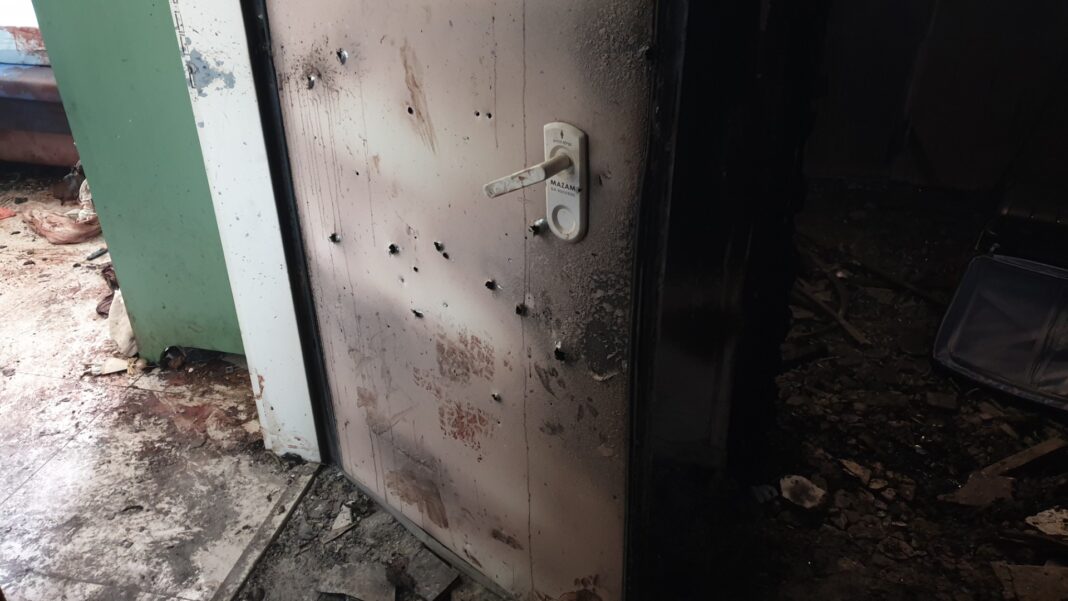There is a profound misunderstanding of events unfolding in Gaza Strip and Israel. Most of the public is unaware about their complexity. The news offer only fragmented information without full perspective while some entities deliberately distort it.
【Tel Aviv INPS Japan=Roman Yanushevsky】
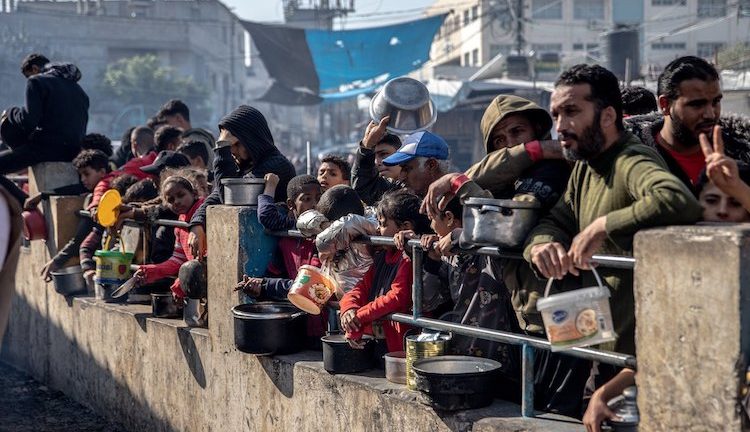
Over 37,000 casualties in Gaza, including children, internally displaced persons, extensive destruction, reports of hunger, and accusations of genocide. The situation of Palestinians in the sector is dire. But it’s important to keep in mind the root cause of these tragic events – the war started with a meticulously planned terrorist attack on Israel on October 7th.|RUSSIAN|JAPANESE|CHINESE|
The current war in the Gaza Strip is related to several of the United Nations’ sustainable development goals: Goal 2 – to reduce hunger, and Goal 16 – peace, justice, and strong institutions.
The secret plan of Hamas
The Palestinian Islamist group Hamas, recognized as a terrorist organization in many countries, has been in control of the Gaza Strip since 2007. Its charter explicitly states its goal of destroying the State of Israel thus inevitably provoking regular escalations.
Hamas developed a secret plan to invade Israeli territory, kill and kidnap Israelis. Its goal was to bring attention to the Palestinian cause and to provoke Israel into deploying troops into the Gaza Strip. The attack took place on the Jewish religious holiday of Shmini Atzeret that coincided with the traditional day of rest for Jews, Shabbat. Hamas exploited this to lower Israeli vigilance.
Then Israel believed Hamas had moved away from violence, and the army did not anticipate a large-scale attack. Fewer forces were deployed on the ground. Israel relied on its “smart fence” – a strip of obstacles equipped with sensors and an automatic firing system – along the Gaza border. However, the militants managed to circumvent each element of Israeli defense.
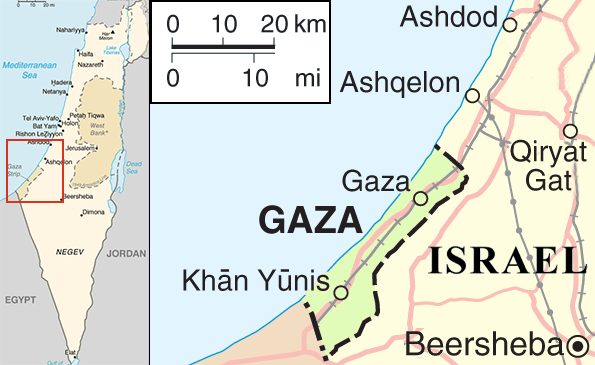
Early in the morning on October 7th, Israelis were unexpectedly showered with a salvo of rockets – around three thousand rockets within the first hours of the attack, causing chaos and overwhelming the defense systems. Simultaneously, thousands of well-prepared and heavily armed militants breached the border at multiple points and infiltrated Israel. Israeli forces defending the perimeter were swept aside and destroyed. Single tanks and patrols were no match for thousands of attackers. Armed police resisted the militants’ commandos, but the forces were too uneven.
Militants seized a number of IDF bases along the border and conducted a brutal massacre in localities within a 20-kilometer radius from the border. They broke into homes and shot the inhabitants, even pets. Some of the locals managed to barricade themselves in fortified rooms with stronger walls against rocket fragments but not against terrorists with Kalashnikovs.
Soon ordinary residents of the Gaza Strip, including teenagers, joined in looting and burning Jewish homes. Militants posted videos of their atrocities on social media. There was at least one instance where they went live on Facebook from a hostage’s account, mocking them in front of their friends, and then killing some of them.
Overall, about 1200 Israelis and foreign citizens perished in one day, 251 were kidnapped.
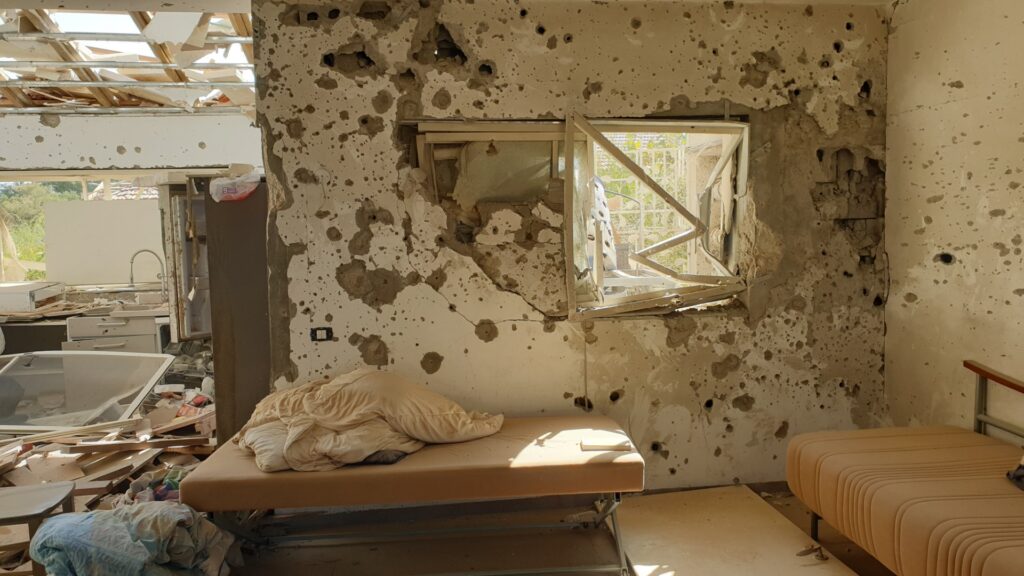
Nova festival bloodshower
Electronic music festival “Nova” was taking place in a natural setting close to the border. Attended by three thousand people, it was overwhelmed by militants armed with rifles and grenade launchers.
At least 364 people were killed there. Stories of personal heroism evolved. One off-duty and unarmed IDF soldier Aner Shapira threw back grenades towards the attackers protecting the caught up partygoers. He returned seven grenades, the eighth exploded in his hands. He died.
When terrorists blocked the only road leading away from the festival, Ben Shimoni loaded as many festival participants as he could into his car and took unconventional action. He drove through a hole in the fence made by militants into Gaza territory and, navigating through the Palestinian territory, returned to Israel through another breach. He managed to do it twice. During his third round, he was killed.

There are numerous accounts of militants committing brutal sexual assaults on captured girls, followed by their mutilation while still alive. After the acts of violence, they were killed. Some forty festival participants were taken hostage by Islamists into the Gaza Strip.
By the end of November, Israel managed to negotiate the release of 105 of approximately 250 hostages in exchange for a temporary ceasefire and the release of Palestinian convicted terrorists from Israeli prisons. Since then, complex and fruitless negotiations stalled.
The war
The October 7th attack is recognized in Israel as the deadliest terrorist attack in history. Two weeks later Israel initiated a military operation in the Gaza Strip with two objectives: to free the hostages and to deprive Hamas from its military capabilities.
Hamas has actively prepared for war with Israel since 2007. Billions of dollars in aid intended for the civil population were invested in military infrastructure instead. The group developed an extensive network of underground tunnels for handling warfare.
For the Hamas leadership human life holds no value. They believe that the higher the death toll is, the better – as it increases pressure on Israel. Consequently, Hamas deliberately places military infrastructure in residential areas, launches attacks against Israeli positions, and loots incoming aid to artificially create a humanitarian crisis.
Paradoxically, it is the Israeli army that makes efforts to reduce casualties. Before commencing operations, the army issues warnings to residents, thereby sacrificing the element of surprise.
In this hybrid war between a state and a terrorist organization, Hamas heavily relies on deception. The group is the only source of data on Gaza casualties which makes verification impossible. Experts note that the statistics on deaths are highly illogical, clearly inflated, and manipulated. However, due to the lack of alternative figures, the world is forced to rely on it.
All deaths in Gaza including those from natural causes are automatically attributed to Israel. Hamas inflates the number of dead children and women, counting on sympathy from people unfamiliar with the specifics of the Palestinian-Israeli conflict. There is also a “Pallywood” phenomenon, where disguised locals portray the wounded and killed in Israeli strikes. At times, “dead” actors forget their role, opening their eyes or moving.
Not Hamas only
In fact, Israel is facing the entire “Axis of Resistance” – a network of militarized groups in the Middle East created by Iran. It includes Hezbollah in Lebanon, Ansar Allah (the Houthis) in Yemen, pro-Iranian groups in Syria and Iraq. They regularly attack Israel. The source of this aggression is Iran whose current Islamic regime is committed to the destruction of Israel.
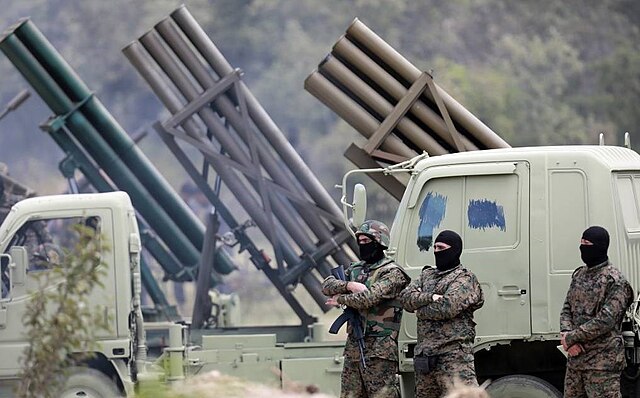
In April Iran directly attacked Israeli territory with hundreds of rockets and drones. With the involvement of the United States and several moderate Arab regimes, this threat was thwarted.
The foremost Iranian proxy abroad is the Lebanese group Hezbollah. On October 8th, it began shelling neighboring Israel without any apparent cause to show solidarity with the Palestinian group.
Gradually, Hezbollah has been increasing pressure on Israel, inflicting significant damage on Israeli towns near the border. The United States and France try to restrain both sides and prevent this conflict from escalating into an unforeseen large-scale regional war. It could potentially commence in the coming weeks.
On Fire
In October, residents of northern Israel began leaving their homes out of fear for their lives. There are 61,000 individuals living in hotels funded by the government. They cannot return home because Hezbollah continues to heavily shell northern Israel.
Another 70,000 residents from communities near the Gaza Strip, were also forced to leave their homes. Thousands of families sent their children abroad away from the war.
Hana Tzipori repatriated in late 2022 from Russia after a “special military operation” against Ukraine had begun. At that time, she couldn’t have imagined that war would find them in Israel.
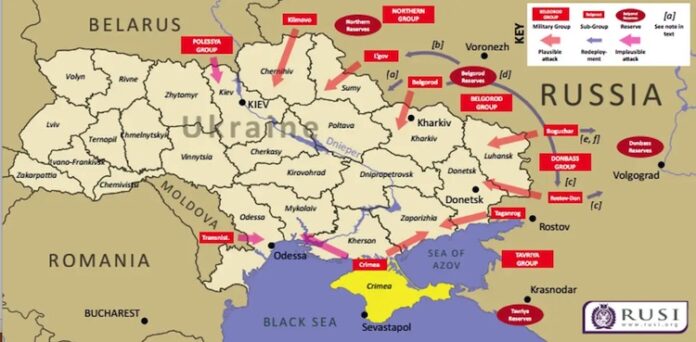
“On the morning of October 7, we were sound asleep when suddenly air raid sirens went off,” recounted Hana. “The sirens wouldn’t stop, and we rushed to the reinforced room. It was very scary, we didn’t understand what was happening. There were no preliminary signs of this. I saw fear in the eyes of my five-year-old son, and I was very anxious myself. We spent the entire day in that room under bombardment, reading the news non-stop. The moment Israel declared war on Hamas stood out to me especially. That’s when it became truly terrifying.”
According to her, reports of terrorists breaking into residential homes and killing people stripped them of their sense of security in their own home. “After the Home Front Command issued a recommendation for Israelis to stock up on food and supplies for three days, I realized I couldn’t take it anymore,” she continued. “I grabbed my family, and we flew to Cyprus.”
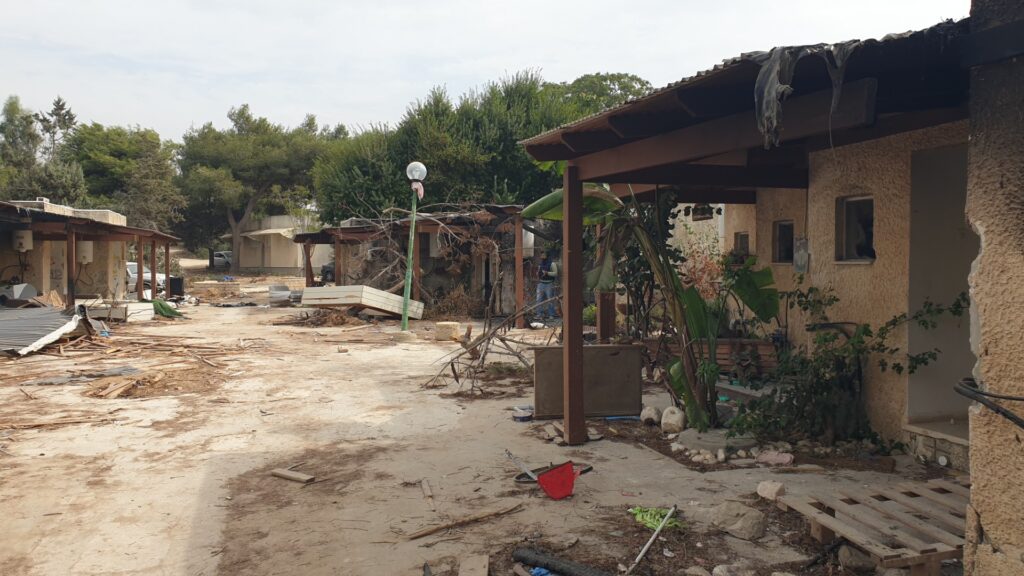
In Cyprus they flinched at any loud noise for a while. Her younger son made terrorists the main characters in his games. After seeing countless Hamas videos of brutal violence, Hana developed PTSD. She continued to feel anxiety and fear, and the sight of blood triggered panic. Moreover, every time she heard Arabic on the street, she was overcome with horror. Hana and her family returned to Israel a month later.
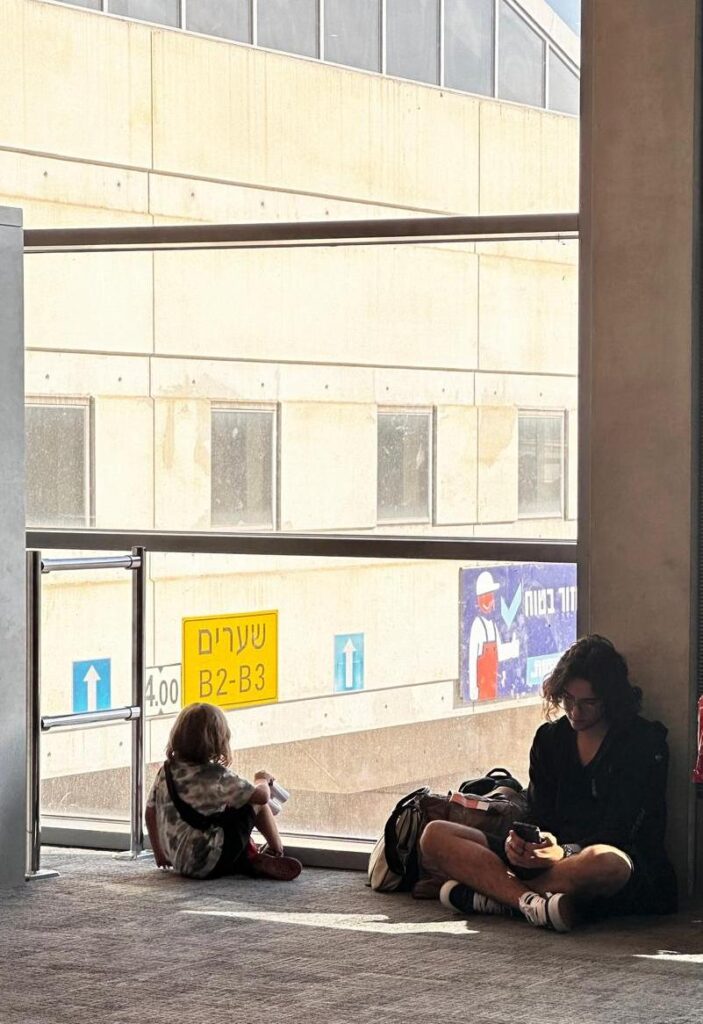
Shai is a programmer who lives in the village of Kfar Vradim, six kilometers from the border with Lebanon. Amidst the sharp escalation in the fall, he took his wife and two young children to Europe. Three months later they returned – their savings were running out, and his employer demanded his return to Israel.
He says he can hear air raid sirens nearly every day. He sees drones and rockets flying past, Israeli defense systems intercepting them, and he can hear artillery responding.
“We’re all on edge. I’m afraid to leave for work, leaving my family alone. Thankfully, I often get permission to work from home,” says Shai. “Because of this anxiety, I started drinking alcohol every evening. I even smoke marijuana now to calm down, but it doesn’t help me relax. I’m always tense and worried about my family.”
Our generations lived in relatively peaceful times. But the last few years have shown that wars are much closer to us than it may seem. The global system that emerged after World War II rejected war as a means of resolving conflicts. Gradually, it wore down. As a result, there are more wars in the world. Our generation needs to develop a new system to protect our children and grandchildren from wars and give us all hope for a better future.
INPS Japan


